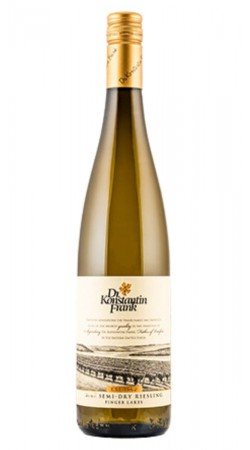
Welcome to a culinary adventure where the vibrant flavors of Indonesian cuisine meet the refined elegance of fine wine. In this guide, we’ll explore how to perfectly pair wines with Indonesia’s rich and diverse dishes, from the spicy heat of sambal to the savory goodness of satay. Whether you’re a wine enthusiast or a food lover, get ready to elevate your dining experience with these exquisite pairings. Cheers to discovering new tastes and unforgettable moments!
Six Elements of Food and Wine Pairing
There are a few elements that make both red wine and white wine pairings work, and they’re derived from characteristics of the food and how they mingle with those of the wine. These are: fat, acid, salt, sweetness, bitterness and texture.
1. Fat Element
A lot of our favorite foods, both meat and dairy products, have high levels of fat. Wine doesn’t contain fat, so when matching a wine with fatty foods, remember that it has to balance that fat with acid, cut it with tannin, or match its richness with alcohol.
This is why a beef satay tastes so good with a Cabernet-based wine; the beef’s protein and fat softens up the wine’s mouth-drying tannins. This sets up the tongue for the wine’s fruit and berries and forest flavors to complement the smoky, meaty flavors of the satay.
2018 DAOU Discovery Cabernet Sauvignon
2019 Silver Ghost Cabernet Sauvignon
2. Acid Element
Acid is another key element in both food and wine. In wine, it adds nerve, freshness and lift. It can do the same with food, as when lemon is squeezed on a fresh piece of fish. When looking for a wine to go with an acidic dish, you should make sure that the perceived acidity of the wine is at least equal to that of the food, or the wine will taste bland and washed out.
Garang asam often a challenge for wine matching. Try using some tangy, bitter greens and offset them with herbal flavors from Sauvignon Blanc.
2020 J.Lohr Flume Sauvignon Blanc
3. Salty Element
When it comes to pairing wine with food, champagne might not be the first choice that comes to mind for fried chicken. However, this unlikely duo is a match made in culinary heaven. The salty, crispy goodness of fried chicken finds a perfect partner in the effervescent, crisp nature of champagne.
The high acidity and bubbles in champagne cut through the richness and grease of fried chicken, refreshing your palate with every sip. The subtle fruitiness and minerality of champagne also enhance the savory flavors of the chicken, creating a delightful balance. Whether you’re enjoying a casual meal at home or hosting a sophisticated gathering, pairing fried chicken with champagne adds a touch of elegance and fun to your dining experience.
So next time you’re indulging in some crispy fried chicken, pop open a bottle of champagne and enjoy the surprising harmony of this delicious pairing. Cheers to discovering new and exciting flavor combinations!
2013 Louis Roederer Cristal Brut Champagne
2014 De Venoge Louis XV Brut Champagne
4. Sweetness Element
Sweet desserts and other sugary foods seem easy—just pull out a sweet wine—but beware. Here’s where a rule really needs to be observed.
There are degrees of sweetness. Some recipes will have just a hint of sugar, such as a fruit sauce served over a pork loin. This light, fruity sweetness can be matched very well with rich white wines such as Chardonnay. Higher alcohol tends to give an impression of sweetness, and balances the sugar in the sauce.
2019 Dr. Frank Konstantin Semi Dry Riesling
With desserts you must be certain that the wine tastes sweeter than the dessert; otherwise the dessert will strip the wine of its sweetness and render it bitter or tart. Though red wine and chocolate is a combination often promoted by the wine industry, you have to be very careful about it. Use a bitter, dark chocolate and a red wine with some sweetness, such as a late harvest Zinfandel, and it can be quite wonderful. But a sweet chocolate dessert and a dry red? Terrible!
5. Texture Element
As for matching textures, think light and heavy. Light foods are best with light wines; heavy foods with heavy wines. That’s the safest way to go about it. A more adventurous path is to experiment with contrast: matching light foods to heavy wines and vice versa. This will require more testing, to keep the tension dynamic and avoid having the lighter flavors over-shadowed by the heavy ones.
For every rule of wine pairing there is, you will often find just as many dissenters. However, the most important rule of all is to trust your own palate and enjoy!
Light foods with light wines i.e. Merlot goes well with roasted chicken
heavy foods with heavy wines, Spicy chicken with Oak Chardonnay








